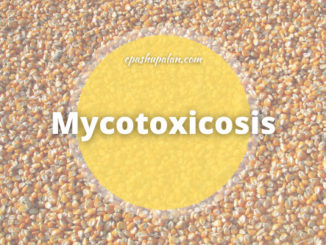
Mycotoxins and their Toxicity in Livestock
Mycotoxins are toxic secondary metabolites produced by fungi (molds) that cause an undesirable effect (mycotoxicosis) when animals are exposed. Exposure is usually by consumption of contaminated >>>

Mycotoxins are toxic secondary metabolites produced by fungi (molds) that cause an undesirable effect (mycotoxicosis) when animals are exposed. Exposure is usually by consumption of contaminated >>>
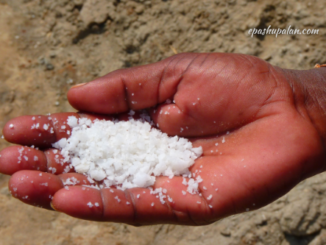
Common salt eaten by animals is made up of two elements sodium and chloride and chemically it is sodium chloride. Both these elements are required by animals. There is 0.2 percent blood sodium in >>>
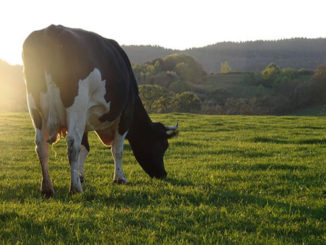
Ruminal Microbial Protein Synthesis Ruminants are distinguished from the rest of the animals by the morpho-physiological adaptation of the upper part of their stomach. This peculiarity allows them >>>
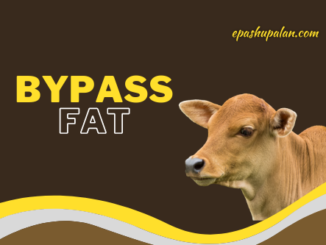
Dietary fat, which is not degraded in upper part of digestive tract (rumen) of animal, but gets digested in lower alimentary tract is known as bypass fat. This bypass fat is also known as: Rumen >>>

Almost the entire quantity of dry fodder comes from the cultivated crops, mainly from cereals as straws. Of the 757 Mt of green fodder consumed by livestock, about 40 per cent (302 Mt) comes from grazing while cultivated fodder crops >>>
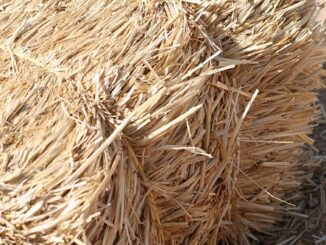
The feeding of ruminant livestock in many countries of the world is dependent on readily available low quality roughages or crop residues. In poorer countries that are densely populated >>>
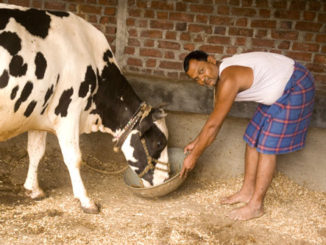
Reproductive efficiency of the animal is an important factor for the success of any dairy farm. Among other nutrients minerals play very important role in maintaining reproductive he >>>

Mycotoxins are toxic secondary metabolities produced by fungai. There are numerous mycotoxins in the food chain that cause unwanted biological effects inside human and animal organisms upon ingestion >>>
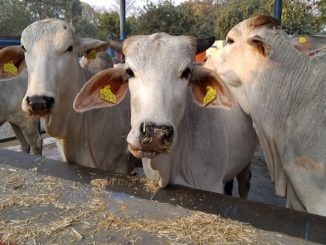
Demand for livestock products is increasing worldwide, along with population growth, urbanisation, and rising incomes (Alexandratos and Bruinsma, 2012). However, shortage and the >>>

A standardized protocol was successfully developed for producing hydroponic fodder by Dr K Giridhar, Principal Scientist, ICAR-National Institute of Animal Nutrition and Physiology, Bengaluru in >>>

Bovine lameness is an increasing concern as it affects the health, productivity, and welfare of dairy cattle to a great extent. It is 3rd most prevalent disease after mastitis and infertility in the >>>

Water is essential nutrient which is involved in all basic physiological functions of the body. However, it is important to note that water, relative to other nutrients >>>
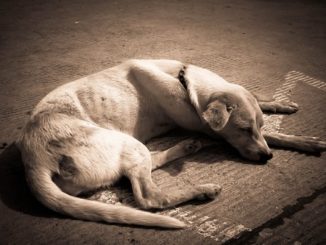
Exocrine pancreatic insufficiency (EPI) is a syndrome that is characterized by decreased production or secretion of digestive enzymes by the pancreas with associated maldigestion. >>>

otal Mixed Ration (TMR) is a method of feeding dairy cattle and buffaloes for a handsome profit returns. It features the blended approach; forages, concentrates, protein supplements, minerals >>>